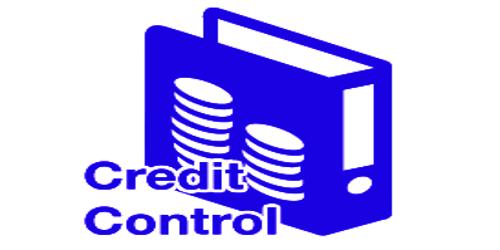Method of Credit Control by Central Bank
Credit control is the system used by a business to make certain that it gives credit only to customers who are able to pay, and that customers pay on time. Credit control is part of the financial controls that are employed by businesses particularly in manufacturing to ensure that once sales are made they are realized as cash or liquid resources.
The contract bank controls the volume of credit through quantitative and qualitative methods.
(1) Quantitative methods: The quantitative methods relative to the increase or decrease in the volume of credit. These methods are as follows.
a) Bank rate policy: The bank rate is the rate charged by the central bank on loan against securities. If the central bank increases the bank rate, the interest will also go up. The people will borrow less due to the high rate of interest. The result is that the volume of the credit will be reduced. On the other hand, if the bank rate is reduced, the interest/market rate will also be decreased, as a result, the public will increase the borrowing from the banks and to a volume of credit will be increased.
b) Open market operation: Open market operation refers to purchase and sale of securities in the open market. When the central bank sells the securities the buyers make payments by means of cheques drawn on commercial bank. The cash will flow from the commercial banks to the – central bank. The rates of credit expansion will decrease and vice versa.
(2) Qualitative methods: These methods relates to establishment of rules under which credit creation can be allowed. The qualitative methods are as follows.
a) Credit rationing: The central bank puts limit for grant on credit. The credit is rationed for each bank during financial crises. The credit for speculators for discouraged and it should be available for describe fields.
b) Direct action: It means that plenty (tax) is imposed on the commercial banks that don’t follow the policies of the central bank. The central bank can also be refused to grant credit or re-discounting the bill of exchanges.
c) Moral persuasion: The central bank tries to put indirect influence on the loan policy of the member bank. The commercial bank honored the persuasion methods and advises of the central bank. The commercial banks should co-operate will the central bank. Otherwise better results cannot be achieved.
d) Margin requirement: Margin is the part of the prices of securities kept by the bank. It is a protection against the price changes. The contract bank controls the credit by changing the marginal requirements. The marginal percentage is higher for one class of borrower and lower for others. The purpose is to discourage speculators without the other. Suppose:
- Securities = 200000
- Loan = 100000
- Marginal requirement = 100000
















